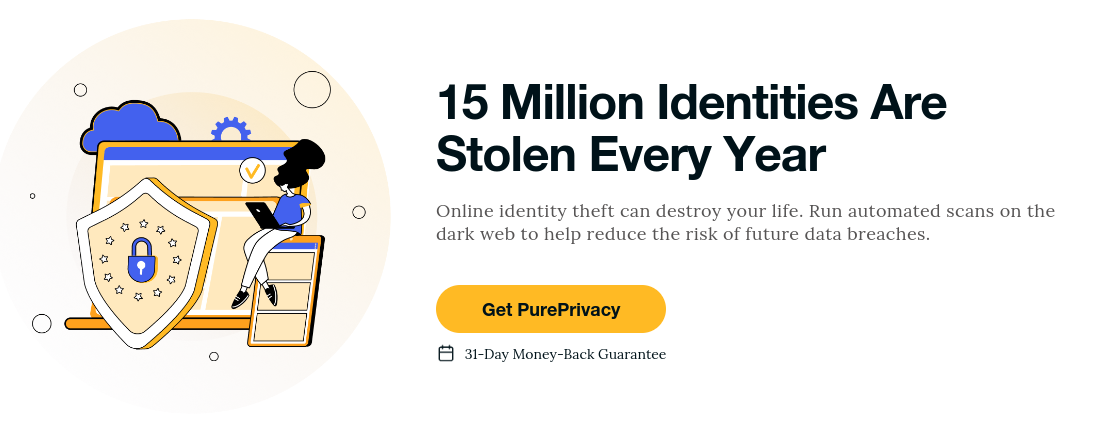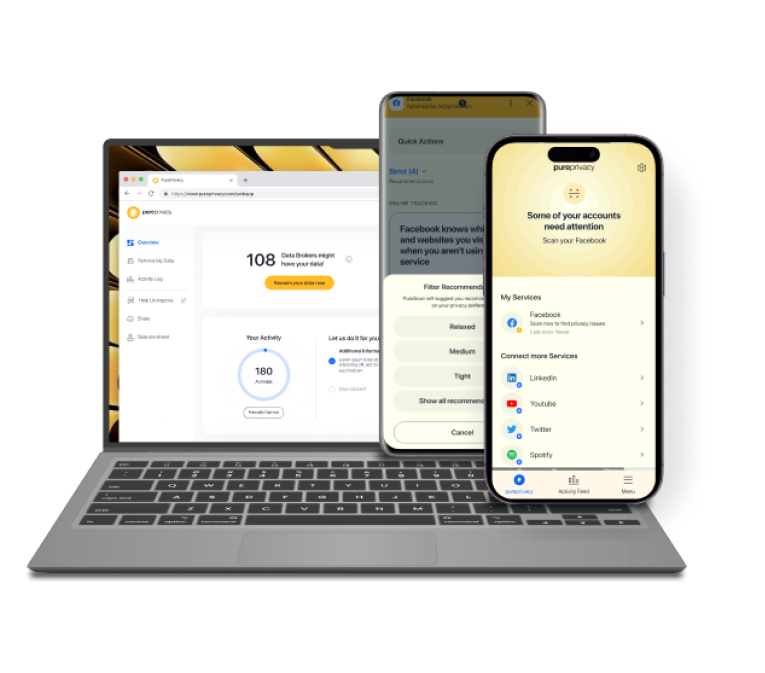Table of Content
- What Happened in the Microsoft Teams Data Leak?
- What was the Impact on Microsoft Teams Users?
- What are the Potential Privacy Risks from Exposed Data?
- How to Take Immediate Action in Case of a Data Breach
- Protect Your Personal Information from Online Threats
- Frequently Asked Questions (FAQs)
- In Conclusion
Can you imagine a single error that led to the 38 terabytes of data leaks?
In a shocking turn of events, a data leak within Microsoft Teams, alerted by the Wix research team, revealed the vulnerability of even the most trusted platforms.
This guide explains the in-depth details of the Microsoft Teams data leak, discussing the risks involved, potential consequences, and steps you can take to protect your data.
What Happened in the Microsoft Teams Data Leak?
In July 2020, Microsoft accidentally exposed 38 terabytes of private data from its employees. This included passwords, private keys, and internal chat messages from Microsoft Teams.
The issue occurred due to a misconfigured storage bucket on Microsoft's Azure cloud, which exposed sensitive internal data. Microsoft fixed it, confirming no customer data was impacted.
This incident shows how important it is to have strong data security practices, even for big companies. It reminds us that even the best technology can be prone to human mistakes.
Discover if Your Most Critical Identifiers Have Been Exposed on the Dark Web
Receive timely alerts and actionable insights with PurePrivacy's Dark Web Monitoring.
What was the Impact on Microsoft Teams Users?
The Microsoft Teams data leak didn't directly affect the privacy of Teams users. The exposed data was mostly about Microsoft employees and didn't include customer information. However, the leak raised worries about Microsoft's data security and the chance of future problems.
In response, Microsoft probably took stronger steps to improve security. This could have meant better monitoring of storage buckets, tighter controls on who can access data, and more training for employees on keeping data safe.
Microsoft has stated:
"The leaked data does not include passwords or financial details. However, usernames, email addresses, and some internal documents were among the compromised data."
Cybersecurity experts caution that even with these assurances, the leaked information could be used to craft convincing phishing attacks and other forms of online scams.

What are the Potential Privacy Risks from Exposed Data?
The data leaked in the Microsoft Teams breach can lead to several privacy risks, including:
Phishing Attacks
- Leaked data can be used to craft convincing phishing emails.
- These emails may contain harmful links or attachments.
Identity Theft
- Leaked information can be used to create fake identities.
- It can lead to fraudulent purchases or loan applications.
Data Brokerage
- Attackers might sell the data for targeted ads or scams.
- The data could be compromised again.
Reputation Damage
- Data breaches can harm reputations and lead to loss of trust.
- Restoring trust can be difficult and slow.
To mitigate these risks, affected individuals should monitor their accounts closely, update passwords, and consider using identity theft protection services.
How to Take Immediate Action in Case of a Data Breach
If you’ve been affected by the Microsoft Teams data breach, taking prompt action is important:
| Steps | Action |
| Assess the Situation | Determine what personal information was exposed. Assess risks like identity theft or financial loss. |
| Secure Your Accounts | Update passwords for affected accounts. Enable two-factor authentication. |
| Monitor Your Accounts | Regularly review bank and credit card statements. Be alert to unusual communications. |
| Report the Breach | Notify the company responsible for the breach. Report to authorities if necessary. |
| Credit Freeze | Prevent new credit accounts from being opened in your name. Reach out to Equifax, Experian, and TransUnion. |
But even if you use the aforementioned techniques to protect your private data, hackers will still find a loophole to exploit. This is why using a privacy-focused app like PurePrivacy can come in handy.
Protect Your Personal Information from Online Threats
PurePrivacy offers features to protect your online presence and manage your personal information with these privacy-focused features:
- Use Dark Web Monitoring to scan for your personal information online in case of a data breach.
- Use the Tracker Blocker to stop online tracking and prevent data collection.
- Use the Remove My Data feature to automatically send opt-out requests.
- Use the Social Privacy Manager to enhance your privacy across different social media platforms.

Track the Dark Web for Compromised Data
You can continuously scan the dark web to get alert notifications if your information appears online and take action beforehand.
Block Trackers and Stop Data Collection
You can prevent websites and third-party trackers from collecting and selling your browsing data and online profiles to the highest bidders.
Send Opt-Out Requests to 200+ Data Brokers
You can review all the data brokers gathering your information and send automated opt-out requests for data removal.
Enhance Your Social Media Privacy Score
You can use PurePrivacy to assess and enhance your social media privacy settings, boosting your online security across various platforms.
Frequently Asked Questions (FAQs)
-
Was there a recent data breach at Microsoft Teams?

No major data breach has recently targeted Microsoft Teams specifically. While past breaches have affected Microsoft products, Teams has not seen a significant leak lately. Always stay vigilant about your online security.
-
How can I find out if my data was hacked?

To check if your data was hacked, regularly review your financial accounts for unauthorized activity and use a data breach monitoring service. PurePrivacy provides a service to alert you if your information shows up in leaked data.
-
What happens if someone gets access to your data?

If your data is accessed, it could be used for identity theft, financial loss, phishing scams, or damaging your reputation. Protect your information and watch for signs of a breach.
In Conclusion
The Microsoft Teams data leak serves as a stark reminder of the importance of online security and privacy practices.
You can also consider using PurePrivacy with a VPN that helps you enable dark web breach monitoring, block intrusive trackers, and enhance social media privacy.





